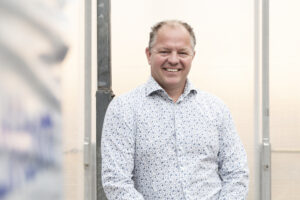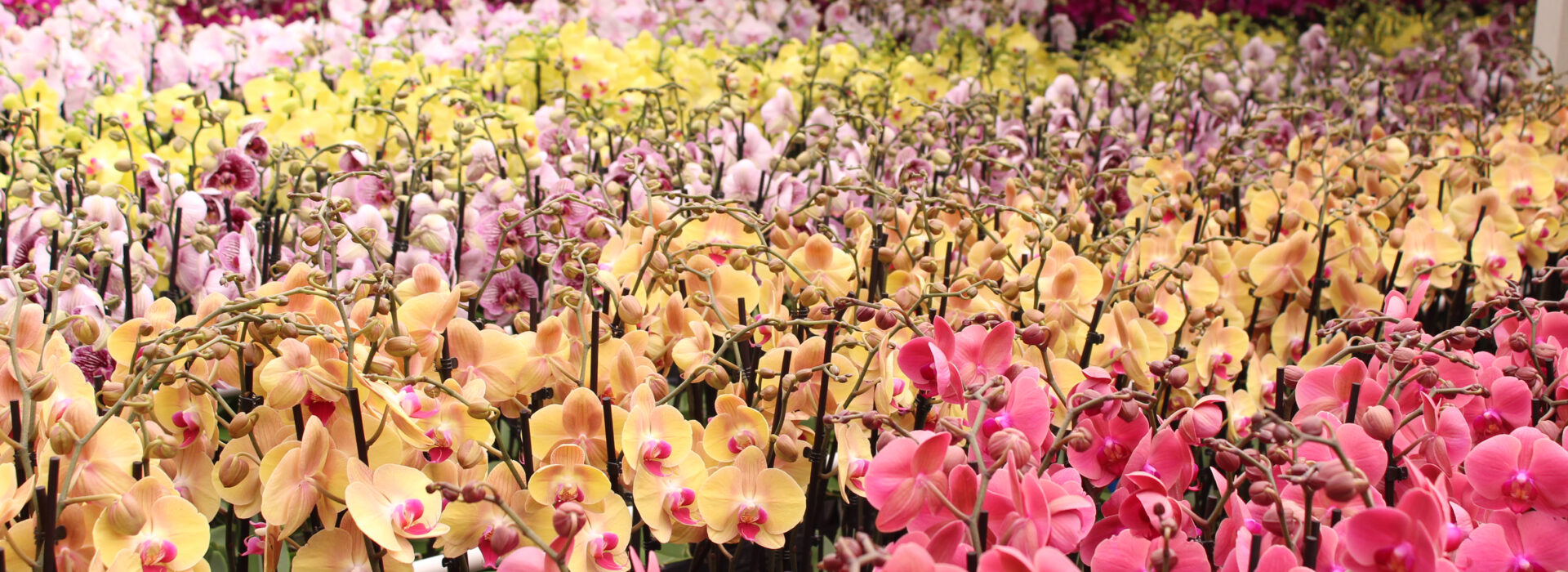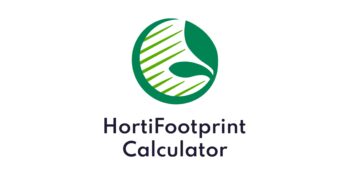VG Orchids has been a well-known name in orchid growing for about 45 years. Founded in 1978 by Cor van Geest, the company started out growing gerberas but soon switched to pot orchids. The 6 and 12 cm pots of Phalaenopsis, grown on an area of seven hectares, find their way to various markets in Europe. Otwin van Geest, co-owner and son of the founder, tells us what the company does in terms of sustainability and how MPS supports them in this.
Like many growers today, VG Orchids pays close attention to reducing waste streams. “The pots we grow our orchids in are made of at least eighty percent recycled material. To help reduce the plastic mountain, we separate our waste. Also, our compost blend is now entirely peat-free”, says Van Geest.

Otwin van Geest
Biological pest control
In addition to the increasing use of LED lighting, biological pest control is another key focus at VG Orchids. Among other things, the company is about to start using Potweb, an innovative and environmentally friendly product designed to keep away mosquitoes that spread potworm.
“Thrips are still a challenge, though”, Van Geest says. “We still have to spray for them, but we use gentle products wherever possible.” This approach not only benefits the environment but also helps keep the tiny spiders alive that they have recently introduced in one of the greenhouse sections. “We have started using Little Spider to catch insect pests; we’re looking forward to seeing the initial results.”
‘A push in the right direction’
To make their sustainability efforts transparent, VG Orchids collaborates with MPS. The nursery holds various certifications, including MPS-A+, MPS-SQ, MPS-GAP and Florimark TraceCert.

“Of course, the initiative for sustainability needs to come first and foremost from the business itself, but MPS is a push in the right direction. We collaborate well with MPS. If we have questions, we can simply call the office and get a quick answer.”
Visits from auditors also go well, says Van Geest. “I often tell the auditors that the things they are focusing on are actually second nature to us. Sustainability is in our DNA – which is how it should be, I believe. After all, to stand still is to go backwards.”



